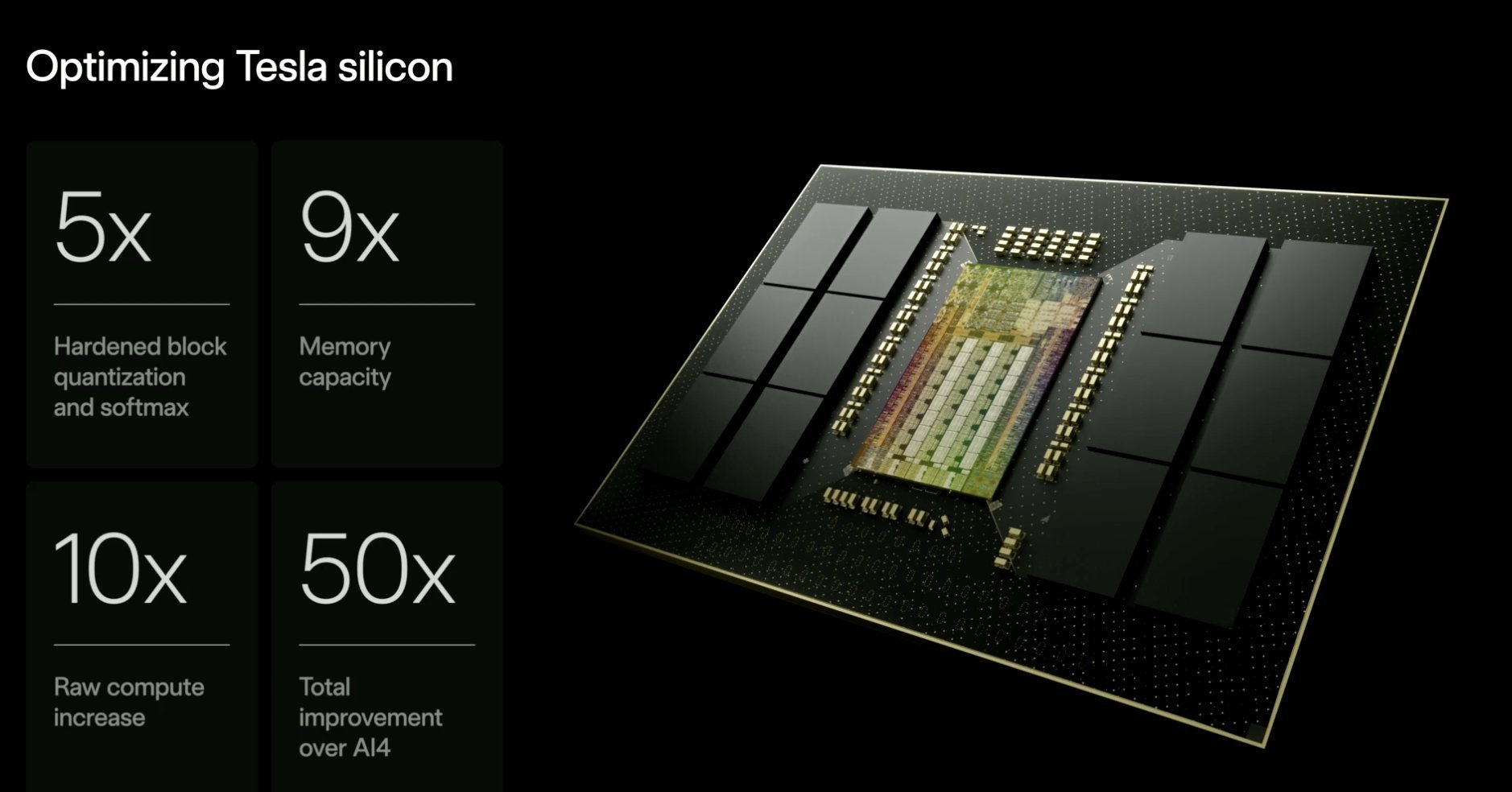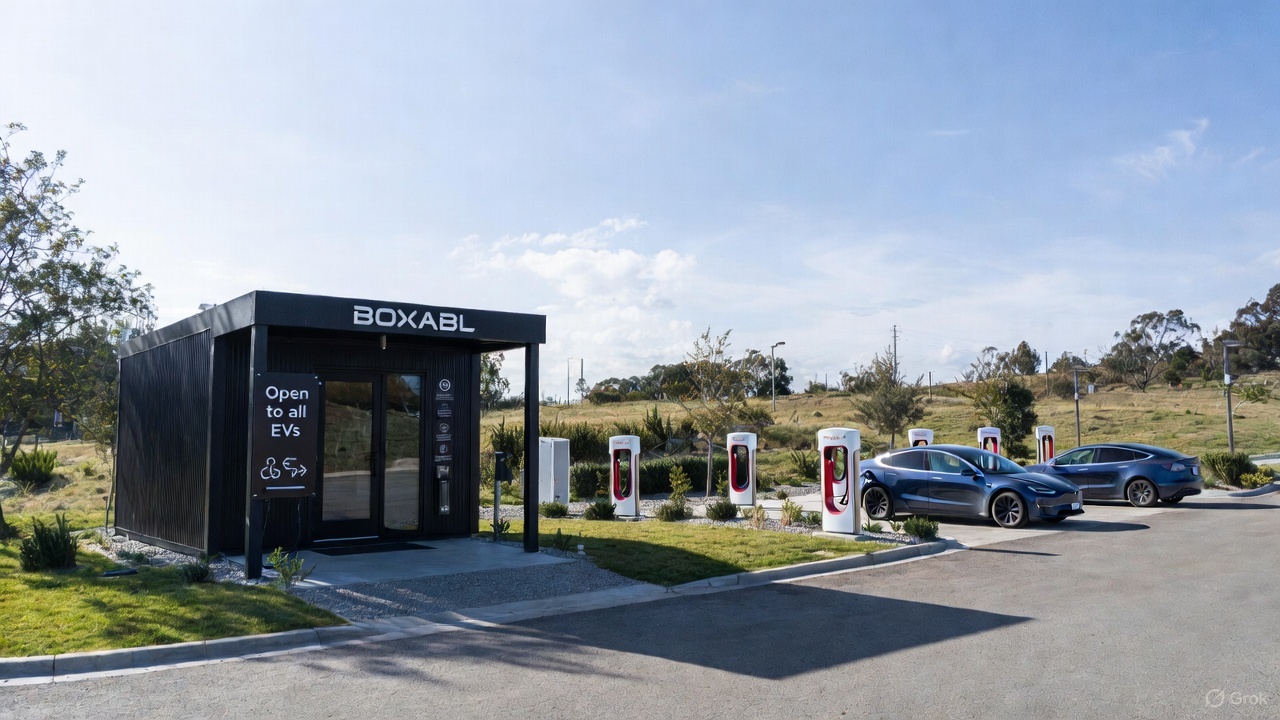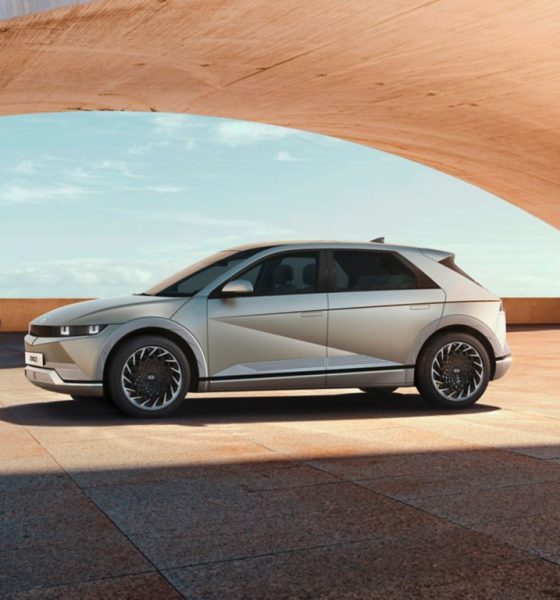Hyundai Motor of America’s EV sales for the first quarter jumped 62% year-over-year compared to Q1 2023. According to the automaker’s reports, its EV sales grew 100%.
Hyundai US had record-breaking March sales, selling 76,920 units, up 2% compared to March 2023. In the same month last year, the automakers sold 75,404 units. For Q1 2024, the company sold a total of 184,804 units, a sales increase of .2%. In comparison, Hyundai sold 184,449 units in Q1 2023.
“We saw the best Q1 total sales results influenced by Palisade, Kona, and IONIQ. We’re thrilled about the all-new Santa Fe, our successful NY Auto Show where IONIQ 5 N won World Performance Car of the Year, and the introduction of the refreshed Tucson and Santa Cruz.”
“Hyundai keeps producing products that win awards, and demand for our vehicles, especially EVs, remains high,” said Randy Parker, CEO, Hyundai Motor America.
Hyundai set a sales record last month thanks to the IONIQ 5 up 58%, the Tuscon PHEV up +62%, Tucson HEV up +48%, and the Palisade SUV up 58%. Overall, Hyundai’s EV lineup and other eco-friendly vehicles sold 11,485 units, up 35%.
The Hyundai IONIQ 5 electric vehicle proved to be a consumer favorite. It won various awards, including Best Electric 5 Passenger SUV for families and the 2024 World Performance Car at the World Car Awards.
Despite 100% sales growth in March, Hyundai’s EV lineup has a long way to go before it pulls numbers like its ICE or PHEV counterparts. In March, the company sold 3,361 IONIQ 5 units and 1,984 IONIQ 6 vehicles. The Hyundai Kona sold 9,453 units. The Tucson sold 19,394 units, leading Hyundai sales last month.
After Tesla, Hyundai and Kia were the second-best EV sellers in the United States last year. The two brands’ EV sales beat Detroit-based legacy automaker Ford and General Motors. Hyundai Motor of America seems eager to maintain its position in 2024.
If you have any tips, contact me at maria@teslarati.com or via X @Writer_01001101.

Elon Musk
Tesla CEO Elon Musk shades Waymo: ‘Never really had a chance’

Tesla CEO Elon Musk shaded Waymo in a post on X on Wednesday, stating the company “never really had a chance” and that it “will be obvious in hindsight.”
Tesla and Waymo are the two primary contributors to the self-driving efforts in the United States, with both operating driverless ride-hailing services in the country. Tesla does have a Safety Monitor present in its vehicles in Austin, Texas, and someone in the driver’s seat in its Bay Area operation.
Musk says the Austin operation will be completely void of any Safety Monitors by the end of the year.
🚨 Tesla vs. Waymo Geofence in Austin https://t.co/A6ffPtp5xv pic.twitter.com/mrnL0YNSn4
— TESLARATI (@Teslarati) December 10, 2025
With the two companies being the main members of the driverless movement in the U.S., there is certainly a rivalry. The two have sparred back and forth with their geofences, or service areas, in both Austin and the Bay Area.
While that is a metric for comparison now, ultimately, it will not matter in the coming years, as the two companies will likely operate in a similar fashion.
Waymo has geared its business toward larger cities, and Tesla has said that its self-driving efforts will expand to every single one of its vehicles in any location globally. This is where the true difference between the two lies, along with the fact that Tesla uses its own vehicles, while Waymo has several models in its lineup from different manufacturers.
The two also have different ideas on how to solve self-driving, as Tesla uses a vision-only approach. Waymo relies on several things, including LiDAR, which Musk once called “a fool’s errand.”
This is where Tesla sets itself apart from the competition, and Musk highlighted the company’s position against Waymo.
Jeff Dean, the Chief Scientist for Google DeepMind, said on X:
“I don’t think Tesla has anywhere near the volume of rider-only autonomous miles that Waymo has (96M for Waymo, as of today). The safety data is quite compelling for Waymo, as well.”
Musk replied:
“Waymo never really had a chance against Tesla. This will be obvious in hindsight.”
Waymo never really had a chance against Tesla. This will be obvious in hindsight.
— Elon Musk (@elonmusk) December 10, 2025
Tesla stands to have a much larger fleet of vehicles in the coming years if it chooses to activate Robotaxi services with all passenger vehicles. A simple Over-the-Air update will activate this capability, while Waymo would likely be confined to the vehicles it commissions as Robotaxis.
News
Tesla supplier Samsung preps for AI5 production with latest move
According to a new report from Sedaily, Samsung is accelerating its preparation for U.S. production of the AI5 chips by hiring veteran engineers for its Customer Engineering team.

Tesla supplier Samsung is preparing to manufacture the AI5 chip, which will launch the company’s self-driving efforts even further, with its latest move.
According to a new report from Sedaily, Samsung is accelerating its preparation for U.S. production of the AI5 chips by hiring veteran engineers for its Customer Engineering team, which will help resolve complex foundry challenges, stabilize production and yields, and ensure manufacturing goes smoothly for the new project.
The hiring push signals that Tesla’s AI5 project is moving forward quickly at Samsung, which was one of two suppliers to win a contract order from the world’s leading EV maker.
🚨🚨 FIRST LOOK at Tesla’s AI5 chip, which will be available in late 2026 or early 2027 pic.twitter.com/aLomUuifhT
— TESLARATI (@Teslarati) November 6, 2025
TSMC is the other. TSMC is using its 3nm process, reportedly, while Samsung will do a 2nm as a litmus test for the process.
The different versions are due to the fact that “they translate designs to physical form differently,” CEO Elon Musk said recently. The goal is for the two to operate identically, obviously, which is a challenge.
Some might remember Apple’s A9 “Chipgate” saga, which found that the chips differed in performance because of different manufacturers.
The AI5 chip is Tesla’s next-generation hardware chip for its self-driving program, but it will also contribute to the Optimus program and other AI-driven features in both vehicles and other projects. Currently, Tesla utilizes AI4, formerly known as HW4 or Hardware 4, in its vehicles.
Tesla teases new AI5 chip that will revolutionize self-driving
AI5 is specialized for use by Tesla as it will work in conjunction with the company’s Neural Networks, focusing on real-time inference to make safe and logical decisions during operation.
Musk said it was an “amazing design” and an “immense jump” from Tesla’s current AI4 chip. It will be roughly 40 times faster, and have 8 times the raw compute, with 9 times the memory capacity. It is also expected to be three times as efficient per watt as AI4.
“We’re going to focus TSMC and Samsung, initially, on AI5. The AI5 chip, design by Tesla, it’s an amazing design. I’ve spent almost every weekend for the last few months with the chip team working on AI5.”
It will be 40x better than the AI4 chip, Musk says.
— TESLARATI (@Teslarati) October 22, 2025
AI5 will make its way into “maybe a small number of units” next year, Musk confirmed. However, it will not make its way to high-volume production until 2027. AI5 is not the last step, either, as Musk has already confirmed AI6 would likely enter production in mid-2028.
News
Tesla discloses interesting collaboration partner for Supercharging
This BOXABL collaboration would be a great way to add a rest stop to a rural Supercharging location, and could lead to more of these chargers across the U.S.

Tesla disclosed an interesting collaboration partner in an SEC filing, which looks like an indication of a potential project at Supercharger sites.
Tesla said on Tuesday in the filing that it was entering an agreement with BOXABL to design and build a Micromenity structure. Simply put, this is a modular building, usually a few hundred square feet in size, and it has been seen at Superchargers in Europe.
In Magnant, France, Tesla opened a small building at a Supercharger that is available to all EV owners. There are snacks and drinks inside, including ice cream, coffee, a gaming console, and restrooms. It gives people an opportunity to get up and out of their cars while charging.
This building was not built by BOXABL, but instead by bk World Lounges. It is likely the final Supercharging stop before people get to Paris, as it is located 250 kilometers, or 155 miles, from the City of Light.
Voir cette publication sur Instagram
Magnant has 56 stalls, so it is a large Supercharging stop compared to most. The building could be a sign of things to come, especially as Tesla has opened up larger Supercharger stations along major roadways.
It is for just a single building, as the Scope of Work within the filing states “a comprehensive package for one Micromenity building.”
NEWS: BOXABL, a company that creates modular, prefabricated buildings, has entered into an agreement with @Tesla.
This is Tesla formally contracting BOXABL to design, engineer, and build a pilot “Micromenity” structure, a compact, modular building unit.
While some info in the… pic.twitter.com/RabJczGpEp
— Sawyer Merritt (@SawyerMerritt) December 9, 2025
Superchargers are commonly located at gas stations, shopping centers, and other major points of interest. However, there are some stops that are isolated from retail or entertainment.
This BOXABL collaboration would be a great way to add a rest stop to a rural Supercharging location, and could lead to more of these chargers across the U.S.
Tesla has done a lot of really great things for Supercharging this year.
Along with widespread expansion, the company launched the “Charging Passport” this week, opened the largest Supercharger in the world in Lost Hills, California, with 168 chargers, opened the Tesla Diner, a drive-in movie restaurant in Los Angeles, and initiated access to the infrastructure to even more automakers.










